Today’s smartphones are like supercharged pocket computers that do a lot more than just make calls. They have big, colorful screens, powerful cameras, and fast processors that can handle lots of tasks at once. With millions of apps available, you can do everything from chatting with friends and streaming videos to checking your emails and playing games. Plus, features like fingerprint or face recognition keep your phone secure, and super-fast internet connections let you do things quickly. As technology gets better, smartphones keep getting smarter, making our lives easier and more fun than ever before.
The evolution of mobile phones has been nothing short of remarkable, and the first five phones launched played a pivotal role in shaping the industry. The Motorola DynaTAC 8000X, with its iconic “brick phone” design, kickstarted the era of handheld mobile communication. Nokia 1011 followed, introducing GSM technology and setting the standard for future Nokia devices. The IBM Simon Personal Communicator marked the advent of smartphones, integrating essential features like email and calendar into a single device. Nokia 9000 Communicator furthered this trend with its clamshell design and advanced communication capabilities. Lastly, the Ericsson R380 introduced touchscreen functionality and the Symbian OS, laying the groundwork for modern smartphones. These pioneering devices not only revolutionized communication but also laid the foundation for the mobile technology we rely on today.
Here are the details of the first five mobile phones launched, along with their specifications and brief descriptions:
Motorola DynaTAC 8000X
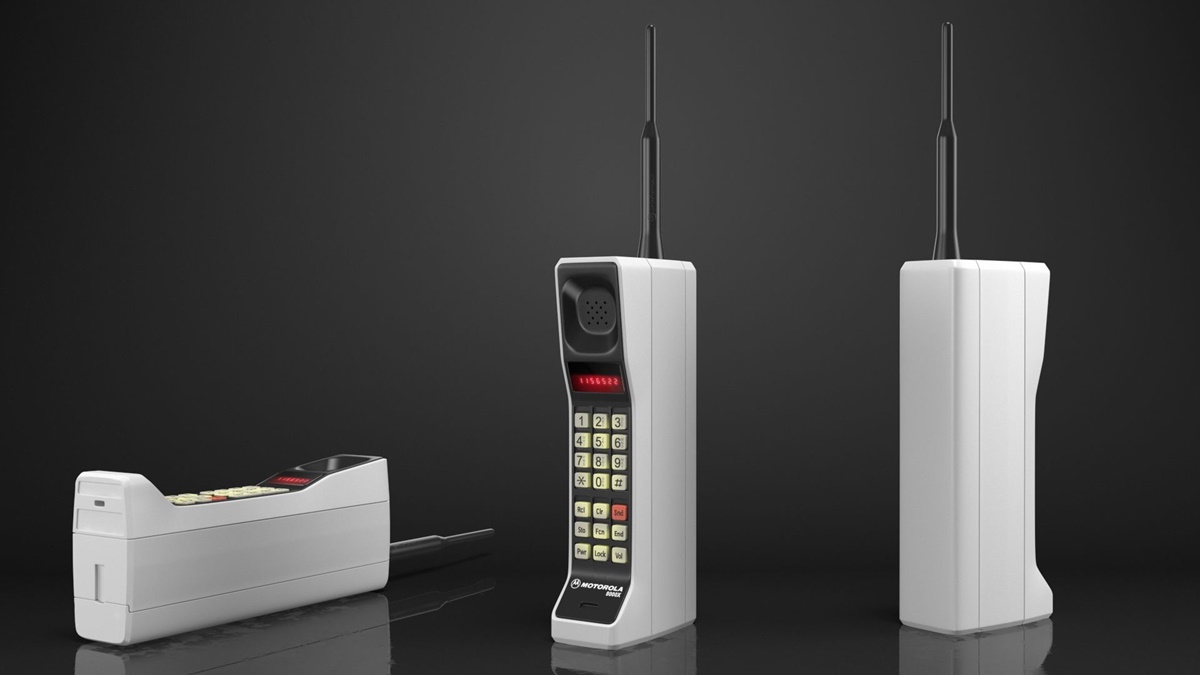
Launch Year: 1983
Specifications:
Weight: 790 grams
Display: None (non-smartphone)
Battery: NiMH battery providing up to 30 minutes of talk time
Features: Analog cellular technology, 13 inches tall, 1 hour charge time
Description: The Motorola DynaTAC 8000X, commonly referred to as the “brick phone,” was the world’s first commercially available handheld mobile phone. It revolutionized communication by allowing users to make calls from virtually anywhere. Despite its bulky size and limited features compared to modern smartphones, it marked the beginning of the mobile phone era.
Nokia 1011
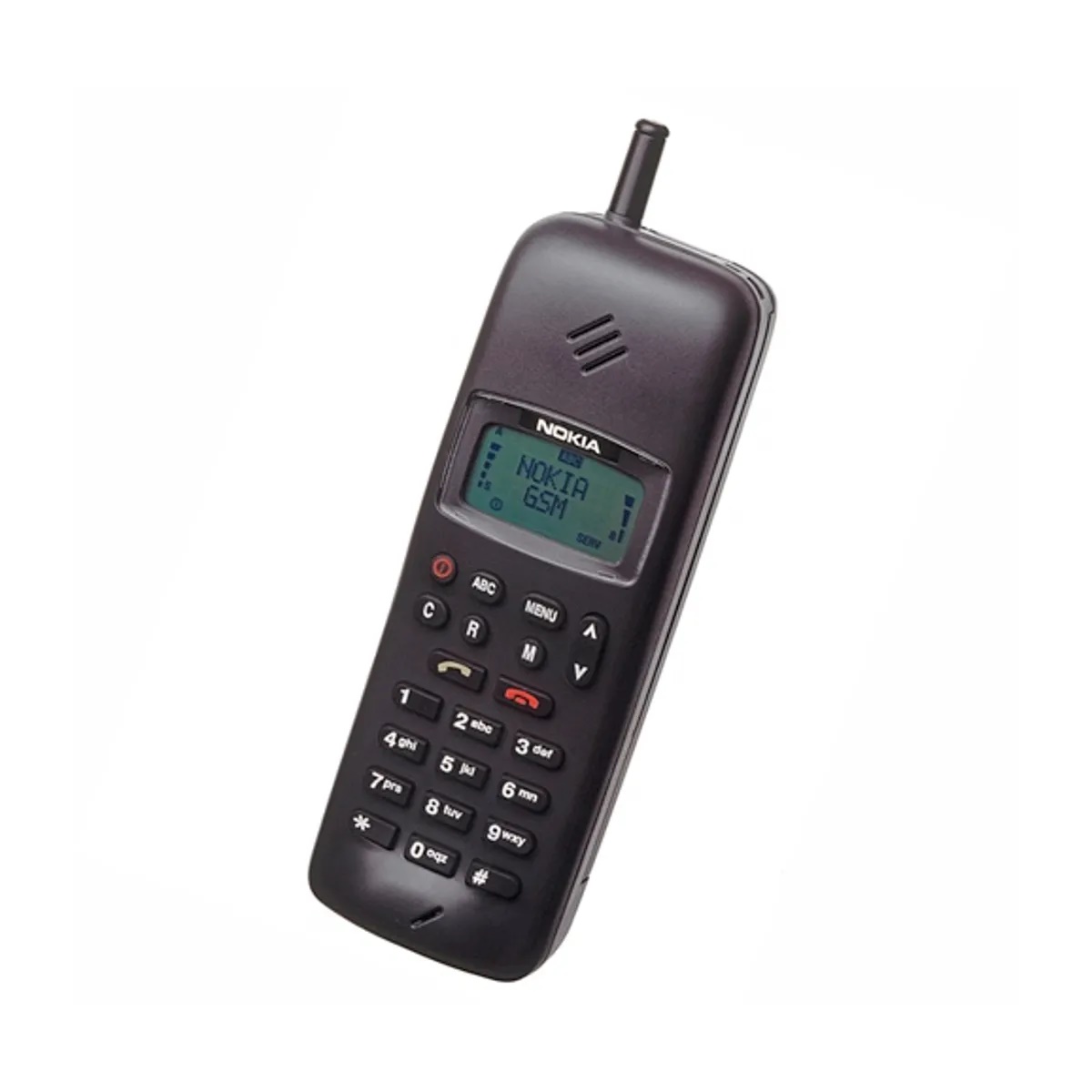
Launch Year: 1992
Specifications:
Weight: 475 grams
Display: Monochrome LCD display
Battery: NiCd battery providing up to 90 minutes of talk time
Features: 2G GSM network support, SMS messaging, interchangeable front and back covers
Description: The Nokia 1011 was the first mass-produced GSM mobile phone, setting the standard for subsequent generations of mobile devices. It introduced essential features such as SMS messaging and paved the way for Nokia’s dominance in the mobile phone market during the late 1990s and early 2000s.
IBM Simon Personal Communicator
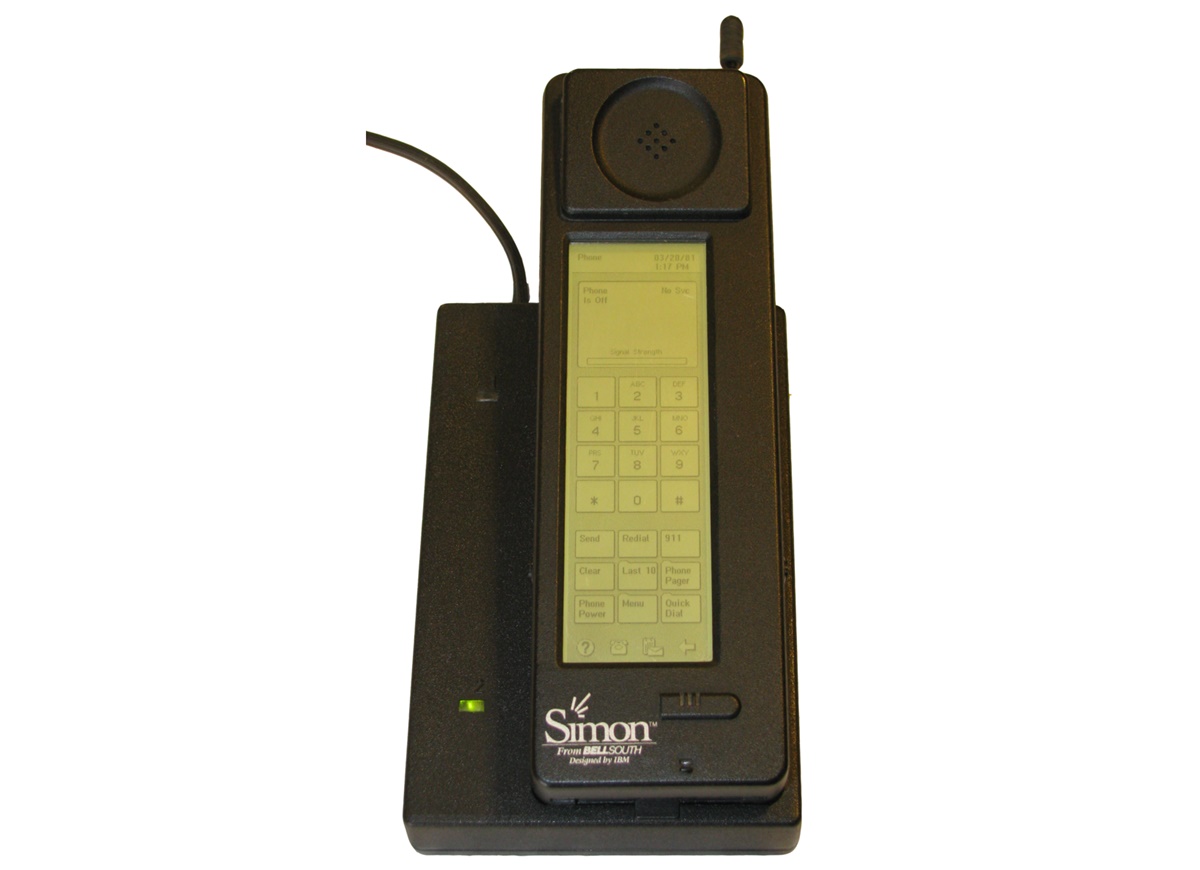
Launch Year: 1994
Specifications:
Weight: 510 grams
Display: Monochrome LCD touchscreen
Battery: NiMH battery providing up to 1 hour of talk time
Features: Touchscreen interface, email, calendar, address book, and apps for news, stocks, and weather
Description: Often considered the first smartphone, the IBM Simon Personal Communicator combined the functionality of a mobile phone with features such as email, calendar, and apps. While its size and limited battery life were drawbacks, it laid the foundation for future smartphone development.
Nokia 9000 Communicator
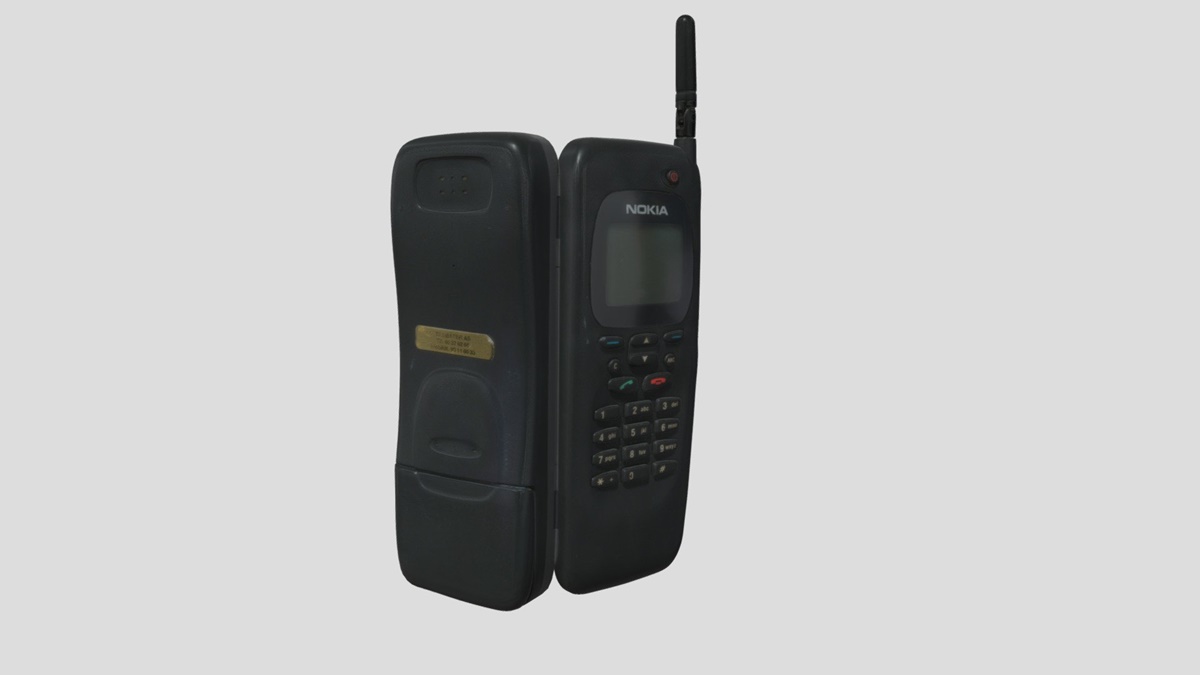
Launch Year: 1996
Specifications:
Weight: 397 grams
Display: Monochrome LCD main display and smaller external display
Battery: NiMH battery providing up to 4 hours of talk time
Features: QWERTY keyboard, web browsing, email, fax, calendar, and address book
Description: The Nokia 9000 Communicator was one of the first mobile phones to offer advanced communication features, including web browsing and email, in a clamshell design. It targeted business professionals and set the standard for future smartphone designs with its integrated keyboard and dual-display setup.
Ericsson R380
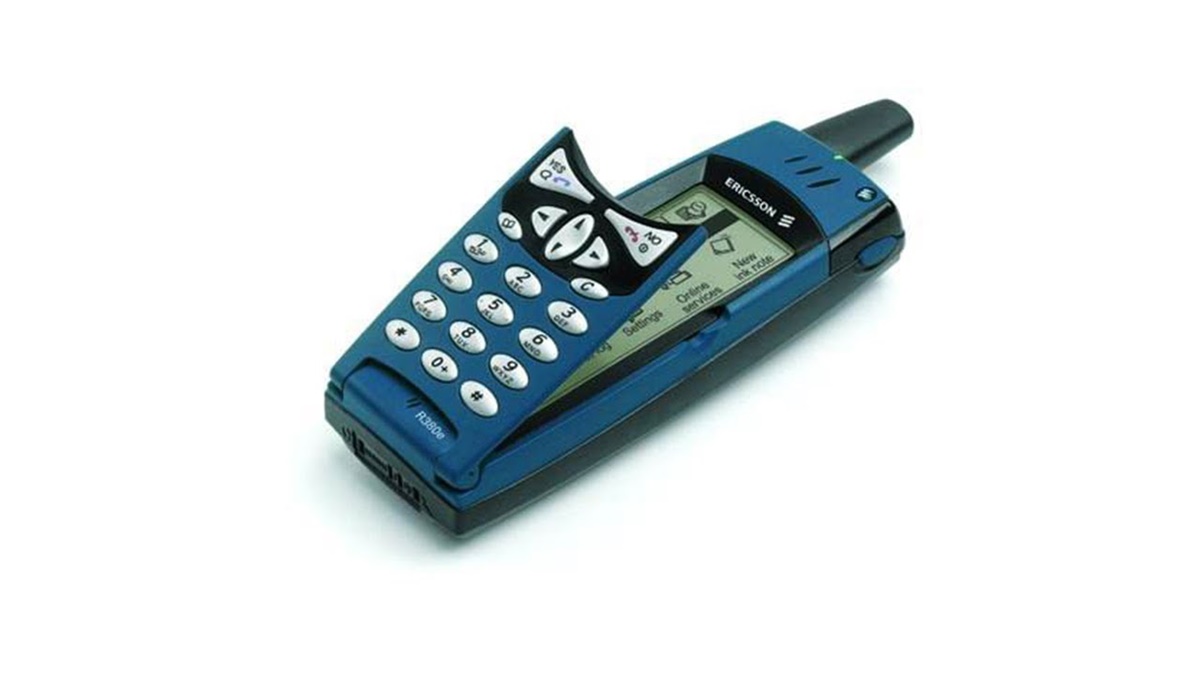
Launch Year: 2000
Specifications:
Weight: 164 grams
Display: Monochrome LCD touchscreen
Battery: Li-ion battery providing up to 4 hours of talk time
Features: Symbian OS, touchscreen interface, web browsing, email, calendar, and address book
Description: The Ericsson R380 was one of the first mobile phones to feature a touchscreen interface and run on the Symbian operating system. It introduced smartphone-like capabilities, such as web browsing and email, to a broader audience. Despite its high price and limited app ecosystem, it paved the way for future touchscreen smartphones.
